The future workplace is something you need to plan for, Gone are the days where you stay in one job for your whole career.
It is now commonplace for people to change jobs every year or two. Whether employees are leaving due to a lack of fulfilment or for career advancement whatever the reason, they are leaving more often than previously.
Employers need to work hard to retain staff and be adaptable with future trends. We only need to look back over the last 10 years to see the vast amount of changes in the corporate world.
We can’t predict what the next ten years will bring, but here are our tips for getting yourself in the best position to tackle future trends.
-
Allow staff to shift sideways
The old saying “climbing the corporate ladder” is no longer relevant. People now climb more of a lattice and tend to zigzag rather than climb directly up. Allowing your employees to work in different areas helps keep them engaged and enthused about work, as well as providing you with multi-skilled workers.
-
Encourage Collaboration
As well as needing time to focus, people need to be able to collaborate. Have places for people to have conference calls or to work with others on a project. According to the future workplace report “65% of employees claim that workshops and inter-team discussions are effective ways to generate ideas, having a positive impact on stress levels.”
-
Be attractive to the millennial generation
This tech savvy generation come into the workforce expecting a more entrepreneurial environment. Provide them with some freedom/minimal supervision for them to prove to you what they are capable of.
Having co-working spaces for collaboration will also be attractive to the younger generation.
-
Flexibility of hours
Employees are looking for more flexibility of hours and working locations. If possible, consider the option for employees to do some work from home (if they wish) or via conference call. The 9-5 work day is becoming less and less standard as employers allow staff to have more flexible working hours. A happy productive employee is a massive win for the employer.
-
Don’t forget the older generation
We are living longer and therefore also working longer. The number of people who continue to work past the age of 65 continues to rise. Not as many people blow out their candles on the 65th birthday cake and leave their current workplace for retirement. We will see people working till an older age as well as more gradual move into retirement such as reducing to part time rather than abruptly departing.
-
Embrace Technology
This is a given really. Technology has come so far and who knows where it will take us but what we do know, is we don’t want to be left behind. Keep up to date, embrace social media and utilise the younger generation to keep abreast of technology enhancements.
-
Keeping track of your employees
This one doesn’t necessarily sit well with everyone and it is a little bit ‘big brotherish’ but thought I should include it anyway.
Some employers (especially in the US) are monitoring their employees via a fitness tracker to see if their staff are stressed, not getting enough sleep or not getting enough exercise outside of work. Some insurance providers are even going as far as offering lower premiums if daily step goals are met.
You might not want to go that far, but it is important that you take staff mental and physical health into consideration and ensure you provide resources should they not be coping. Technology has allowed us to be ‘on’ 24/7 and this takes a toll on people’s health be mindful to check in with your employees to ensure they are doing okay.
-
Office design
We have blogged previously about improved performance achieved by well-designed workspaces. This includes spaces for collaboration, environmental factors and utilising acoustics to provide premium working spaces. Desks and office chairs by Ergoedge are a new flexible agile furniture system and are kicking up a storm here in New Zealand and internationally.
It is exciting to think of the developments that could occur over the next 10 years. Keep your eyes and ears out for developments and most importantly be open to change.
Your questions or comments are welcome as I’m always keen to hear other people’s expertise or ideas.
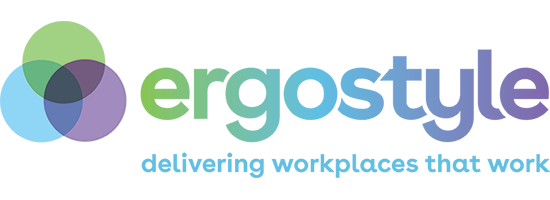
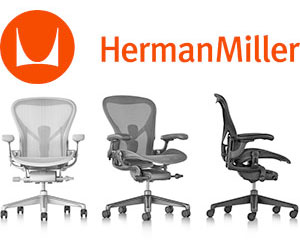
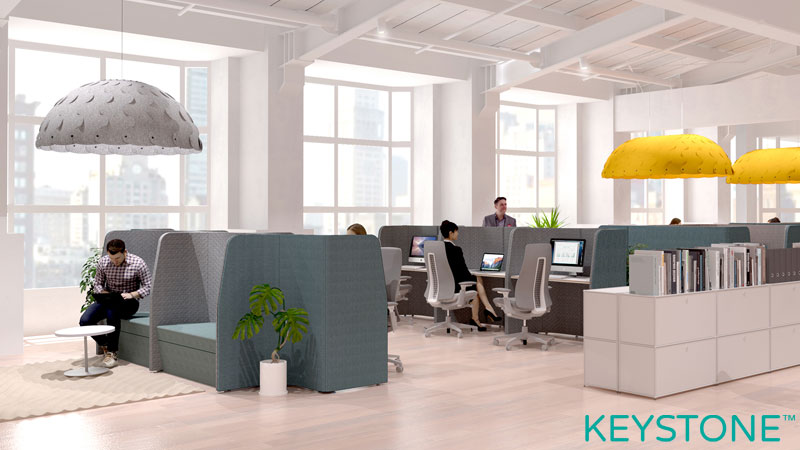
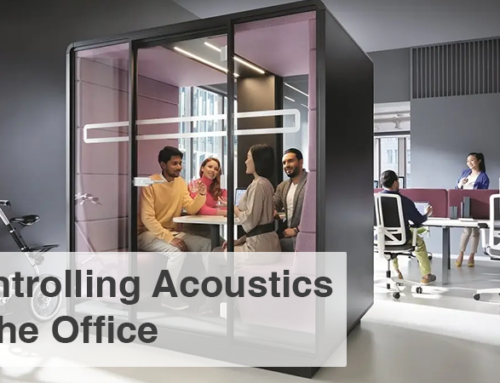
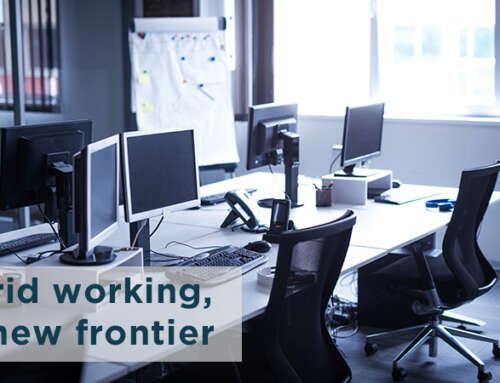
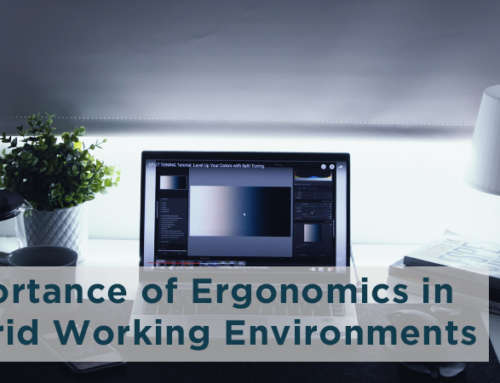
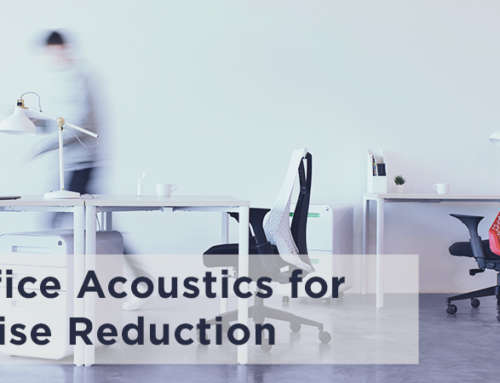
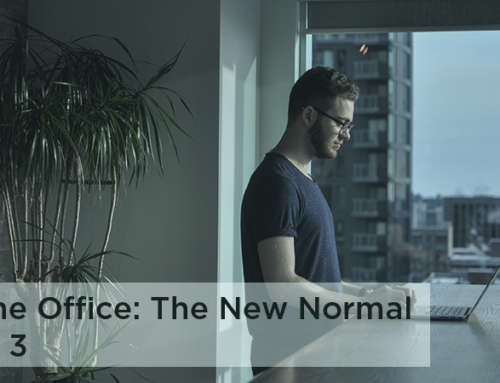
Leave A Comment
You must be logged in to post a comment.